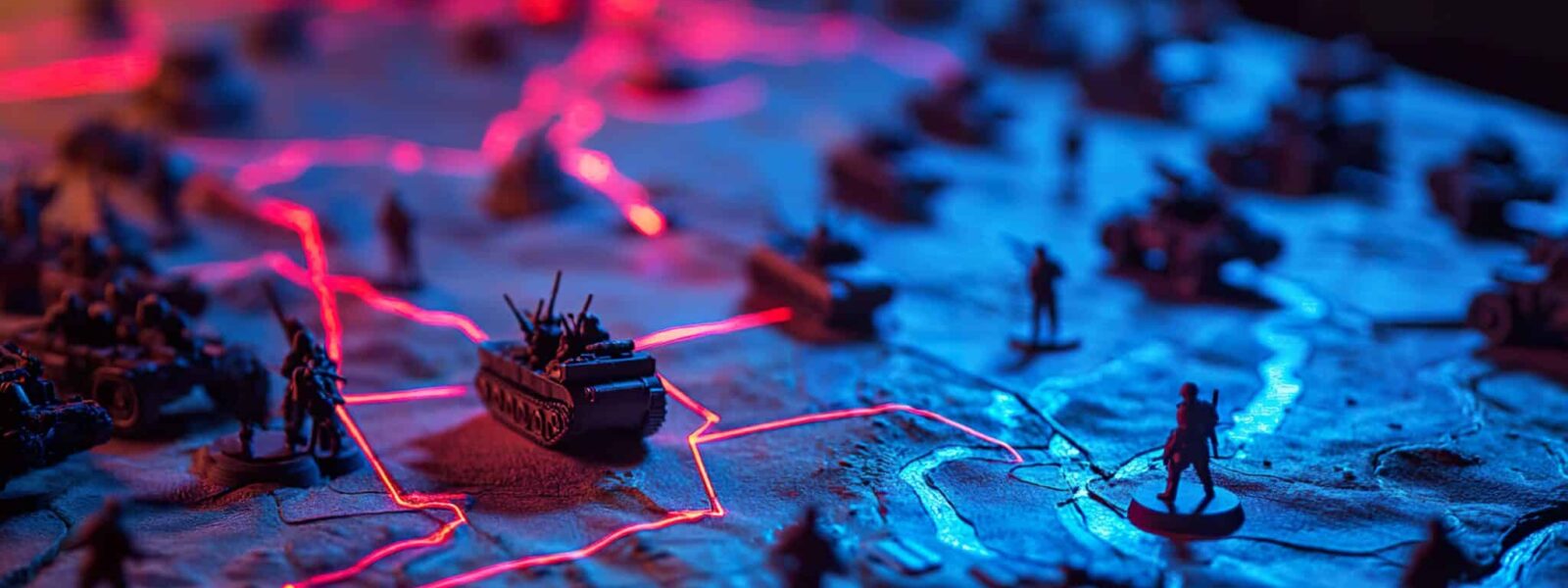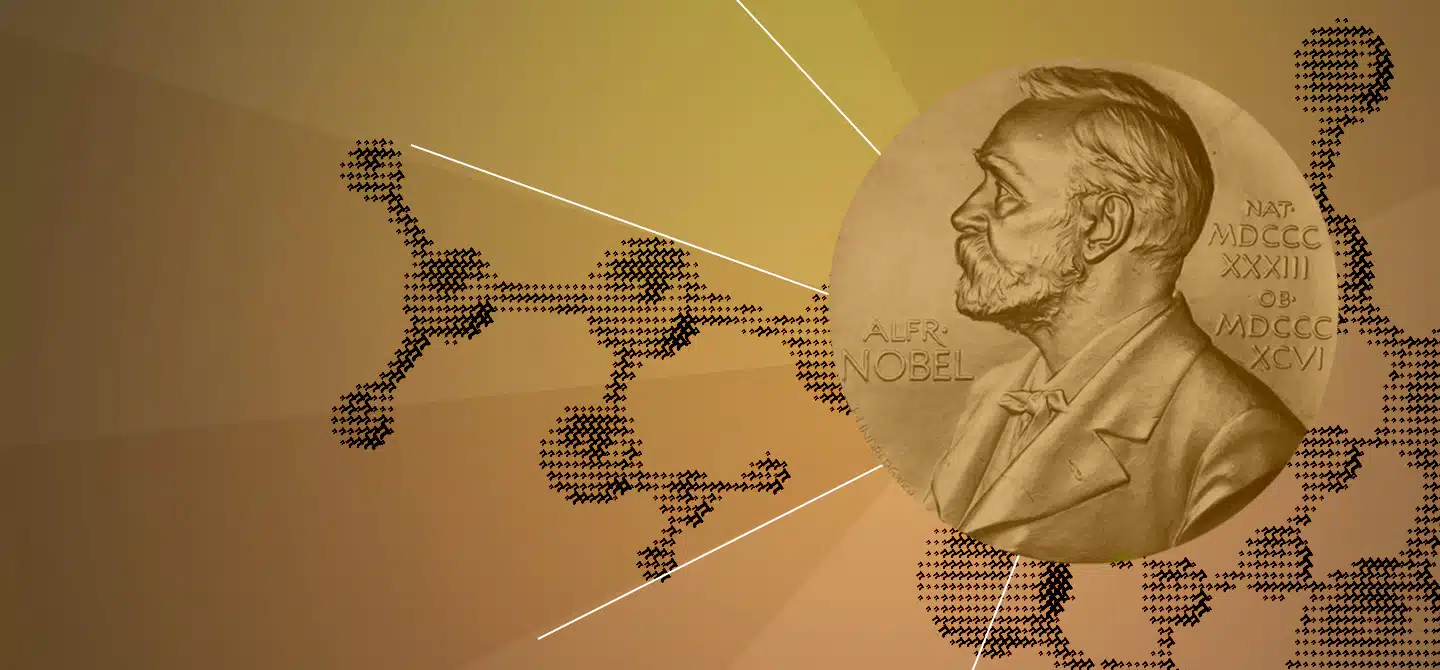3D printing is set to hit the battlefield
- Additive manufacturing is a technique using design software and a 3D printer.
- This process, which is useful in industry and even on the front line, is used by all branches of the armed forces (naval, land and air).
- In the military, additive manufacturing is used for two main purposes: manufacturing parts and repairs.
- Polymer parts are manufactured for repairs, and metal additive manufacturing could even be used in the future.
- Current research challenges include finding materials that are perfectly suited to the task and alloys that can be used to repair many types of parts.
Following the war in Ukraine, the French Directorate General of Armament announced the creation of a working group dedicated to “additive manufacturing”, as revealed by the press. Additive manufacturing is a manufacturing technique that combines design software and a 3D printer. Whether in industry or on the front line, the process is proving attractive to the defence sector.
How does the defence sector use additive manufacturing ?
Éric Charkaluk. This process is used by all branches of the armed forces (naval, land and air). Additive manufacturing has been around in defence for about fifteen years, initially in an exploratory phase. Today, it’s a priority for the Defence Innovation Agency, and most industrial groups use it to make parts for land vehicles, aircraft engines and missiles. Lots of European countries are involved, as is the United States.
There are two main uses : manufacturing parts and repairs. Additive manufacturing is used from industrial production lines to the front line. In conflict zones, it can be very useful for quick repairs on the battlefield or maintenance in rear bases.
In practical terms, how do you repair a part on the battlefield ?
Fabien Szmytka. There are several processes and materials used in additive manufacturing, offering a wide range of uses and possibilities. But in practice, many repairs are carried out using commercially available 3D printers, such as those we are all familiar with ! Many polymer parts are manufactured in this way. All you need is a place to set up the machine and a power source. The raw material – liquid resin or filament – is fairly easy to transport.
Metal additive manufacturing could also be used, in which case the process is similar to welding. An initial demonstrator in a container has been tested by the European Defence Agency. However, this process is not yet reliable enough in its mobile version and is not currently used on the battlefield.
What are the advantages of additive manufacturing ?
FS. For front-line repairs, additive manufacturing allows material to be deposited on damaged areas or existing parts, which is sometimes impossible with other processes or results in significant variations in the finish.
Added to this is the relative simplicity of the process. Take the example of a land vehicle, where a common use case is damage to functional components such as door handles, which are particularly susceptible to impact. However, it is not possible to carry an infinite number of spare parts on the battlefield. 3D printing makes it possible to reprint a handle or any other component in a matter of hours, requiring only the material and a machine. It is even possible to adapt the geometry of the spare part to make it more resistant for ongoing operations or to add functionality. The time and logistical savings are significant.
EC. Military vehicles sometimes operate in extreme environments : heat, sand, humidity, etc. Engine parts, for example, wear out very quickly, and improving maintenance is a real challenge in theatres of operation.
Beyond repairs, does additive manufacturing on the front line offer new opportunities for defence ?
EC. Yes, it also makes it possible to add functionality to equipment, which is widely used by special forces. In response to specific conditions in a theatre of operations, developments can be made very quickly : for example, parts can be printed to enable new weapon, observation or measurement systems to be fitted to a land vehicle.
Does additive manufacturing pose a risk to soldiers ?
EC. Printed parts may have slightly different properties from those of the initial parts, but this is not necessarily a problem, particularly in two situations : those involving parts subject to low stress and those which can be kept in operational condition until the next maintenance operation. So, even if the initial specifications are not necessarily met, there is no risk to users. It should also be noted that, thanks to years of laboratory research, printed parts now have properties very close to those of parts manufactured by more conventional processes. Repair is therefore still an active field of research.
Is using additive manufacturing on the battlefield a challenge ?
EC. There is a real challenge in terms of staff training. The armed forces are currently undertaking a number of initiatives to train maintenance personnel in the use of these machines. What’s more, additive manufacturing is based on a different approach to part design for which new generations of engineers are being trained in this field.
FS. The other challenge is accessibility and the geometry of the part, but this is a problem that affects many operators such as EDF, SNCF, etc. The plans for the components are not generally shared due to industrial property rights. Without knowledge of the geometry of the part, it has to be scanned to reconstruct it, which makes the process more complicated. Taking repairability into account from the design stage for pieces and components would make it possible to overcome this problem.
There are several different additive manufacturing processes and materials. Which ones are used in defence ?
EC. Polymers are based on mature processes, and this is the only one widely used by defence today. Processes using metal alloys inspired by welding are being studied because of their repair potential, and demonstrators are being developed. Also, new processes are emerging, such as friction stir additive manufacturing for lighter alloys (aluminium, for example).
Ceramic-based processes are not currently used in repairs. This material is used, for example, in bullet-proof waistcoats. But this application would require major upstream studies to be able to guarantee a zero level of risk in the event of repair using additive manufacturing.
What are the current research challenges ?
EC. A great deal of work is being done on the chemical composition of the filler materials, because the materials used in conventional processes are not always the best suited to additive manufacturing. Teams are also working on developing alloys that would enable a large number of parts made from different materials to be repaired, thereby reducing the number of powders or wires that need to be taken to the front.
FS. There is a real challenge around the availability of materials. Many high-grade materials are not easy to recover in a military context. Research is therefore being conducted to use materials that are easy to access and have the right properties. But this raises the question of durability and mechanical strength. When repairing a part with a different material, there can be problems with adhesion and the subsequent creation of inconsistencies that can cause damage.
















